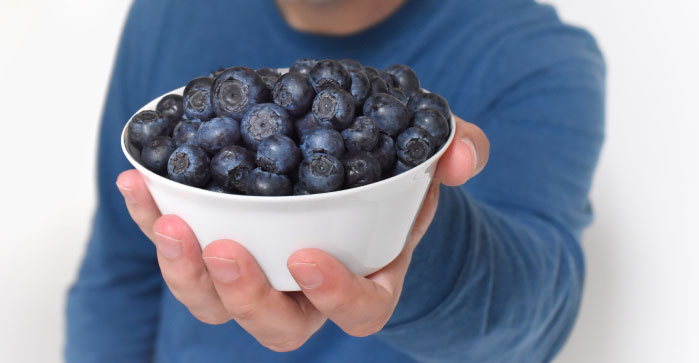Actualidad nacional e internacional
Abr. 8, 2021
Arándanos: consumo per cápita aumentó 400% en 4 años en el Mercado Chino
The updated trade agreement serves as a symbol of positive momentum in trade relations with China and the potential the Chinese market holds for the U.S. highbush blueberry industry. More work remains to be done, including addressing the 75% tariff imposed on blueberries exported from the U.S.
“The NABC has been working diligently for many months to ensure this opportunity would open up for U.S. blueberry growers,” said Alicia Adler, vice president of NABC, who’s charged with overseeing the NABC’s market access efforts and the U.S. Highbush Blueberry Council’s (USHBC) global programs. “This significant milestone could not have been achieved without close collaboration between the U.S. government agricultural negotiators, key industry stakeholders from all growing regions and a team of technical export advisers at Bryant Christie Inc.”
The Chinese market represents a significant opportunity for the U.S. highbush blueberry industry, as an increasing number of Chinese consumers prefer imported fruits due to their superior taste, nutrition and appearance.
Consumers also are demonstrating clear interest in blueberries specifically. From 2014 to 2018, the volume of per capita fresh blueberry consumption in China increased by more than 400%.
“USHBC is in a position to help U.S. growers sell more blueberries in China, which represents significant growth potential for the industry,” said David Arena, chair of the USHBC Export Committee and president of Frank Donio Inc. based in New Jersey. “Opening the Chinese market for fresh blueberries will help grow demand, ultimately supporting USHBC’s strategic goal of doubling exports by 2025, with a focus on high-opportunity markets in North and Southeast Asia.”
Key updates to the phase 1 trade agreement relevant to blueberries include:
- Fresh blueberries must be commercially produced from the states of California, Florida, Georgia, Indiana, Louisiana, Michigan, Mississippi, New Jersey, North Carolina, Oregon and Washington.
- Blueberries must come from packing houses registered and approved by USDA, and the registered packing houses must have a system to ensure all fruit can be traced back to the supplying orchards.
- Each packing house must retain a list of registered supplying orchards that can be made available at the request of the USDA or GACC, the agency in China that corresponds with the USDA’s Animal and Plant Health Inspection Service (APHIS).
- APHIS will supply the list of approved packing houses to GACC annually.
USA Highbush blueberries/March 29, 2021
VOLVER A NOTICIAS
